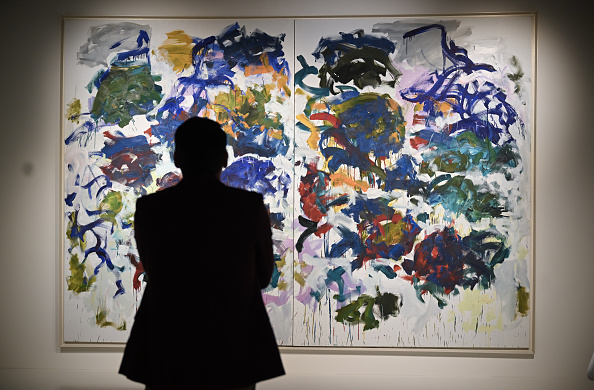
The wealthiest among us—in economist talk, ultra-high-net-worth individuals, or UHNWIs—have long hated the 40 percent estate tax. The 2017 Tax Cuts and Jobs Act (TCJA) offered some relief by increasing every taxpayer’s ability to make tax-free gifts before 2026, temporarily raising the lifetime exemption (the amount that goes untaxed) from $5 million to more than $13 million for individuals and double that amount for couples. The key word here is ‘temporarily.’ The TCJA lowered tax rates, reduced the number of income tax brackets, reduced and in some cases eliminated the alternative minimum tax and increased the standard deduction in perpetuity, but some changes enacted by the law will expire at the end of 2025.
The increase in the lifetime exemption amount is among the sunsetting elements, and some estate tax planners are advising clients to take advantage of the higher amounts before that exemption drops to 2017 levels, adjusted for inflation—approximately $7 million in 2026. “This has been the number one estate planning conversation with ultra-high net worth people since 2017,” Michael Duffy, managing director of the Merrill’s Strategic Wealth Advisory group and head of art planning for Merrill Lynch, told Observer. If a UHNWI doesn’t find a way to use this temporarily increased exemption amount before it resets in 2026, he said, “the cost to heirs can be as much as two and a half million dollars that they’re flushing down the toilet.”
SEE ALSO: Billionaire Julian Robertson’s $190M Art Collection Is Finally Unveiled In Auckland
Wealthy taxpayers expecting to live beyond 2025 should not wait to make use of the current exemption, according to Duffy, because after the exemption returns to its lower level, “they will only be able to pass assets estate tax-free up to that reduced exemption amount.” Unsurprisingly, his clients at Merrill are looking for ways to transfer wealth off their balance sheets before this exemption goes away. Some ultra-high-net-worth individuals are gifting cash, stocks or bonds and real estate to heirs, but Duffy works with a lot of art collectors, and “many of them are using their artworks to transfer value to their kids,” he said.
Art’s volatility opens up a can of worms
Some of his clients—art collectors and otherwise—were worried that once the exemption returns to 2017 levels, the IRS would come back to them to assess a penalty or gift tax for gifts that exceeded $5 million in value. However, in 2019, the federal agency issued “anti-clawback rules” that eliminated that possibility. So, that’s one challenge solved, but others remain when UHNWIs transfer wealth using art.
Artwork is an appreciable asset like stocks and bonds. The difference is that stocks and bonds seldom increase in value as much or as quickly as art, which creates additional complications for collectors who want to transfer art to heirs before 2026. Someone might purchase a Monet for $1 million, but now it’s worth $10 million, requiring them to prepare a qualified appraisal (a valuation of the artwork by someone with specific expertise in a particular area whom the IRS views as qualified to submit appraisals for tax purposes) within two months of the gift. The IRS, of course, can challenge the appraisal, triggering a gift tax if its valuation exceeds the current exemption.
Given that risk, one could be forgiven for wondering why give art and not stocks or bonds or cash. It could be that the people most likely to buy art are also the ones most concerned with estate taxation—the most recent Art Basel/UBS art collecting report found that Baby Boomers make 62 percent of all art purchases. Alternatively, Duffy explained that UHNWIs often “don’t have the cash or high basis stock to use for a gift, and they can’t make lifetime gifts of IRAs, qualified [retirement] plans, unvested stock and executive stock options—all of which will be included in their gross estates for estate tax purposes.” Art, by contrast, is relatively easy to pass on.
Other downsides of tapping into the increased exemption with art
Ralph Lerner, of Art World Advisors, pointed out that using highly appreciated art to maximize the estate tax exemption is like waving a red flag in front of the proverbial bull. The mandatory gift tax return “would definitely be reviewed by the IRS, and it could generate an income tax audit.” Further, he explained that heirs who receive high-value artwork as gifts are locked into a capital gain at 28 percent on the appreciation in value, instead of receiving a 100 percent step-up in value if the collector dies owning the artwork.
“By using highly appreciated art for gifts, you are wasting some of the available exemption, since a 28 percent tax would be paid on the appreciation if the artwork is sold,” Lerner told Observer, adding that it’s worth considering that financial issues can overshadow very real emotional concerns. “Most collectors do not want to part with their masterpieces, much less deliver them to their children who will then bear the expense of insurance and caring for the artworks.”









